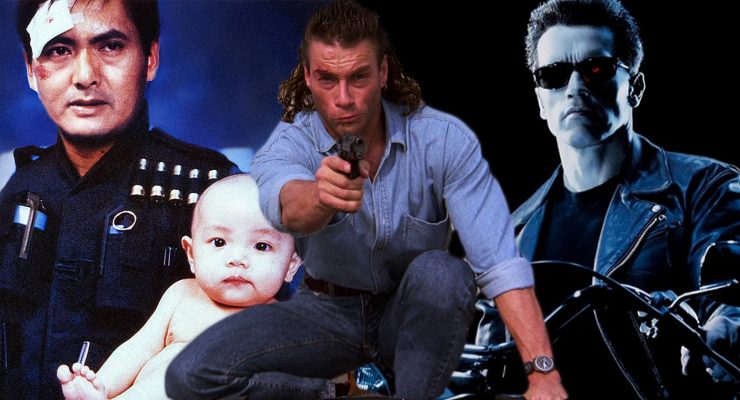Zeb Larson reviews Tobacco-Stained Mountain Goat #1…
Tobacco-Stained Mountain Goat is a noir style comic that takes place in the dystopian future.
Tobacco-Stained Mountain Goat is an unusual kind of project, moreso than its name might suggest. The comic is a reboot of sorts of Andrez Bergen’s 2011 novel, now adapted to be a graphic novel. It’s also set in the same continuity as many of Andrez’s projects (the Andrezverse, for lack of a better term), featuring a post-apocalyptic neo-noir Melbourne and a damned good mystery. For those of you who are unfamiliar with his work, this is a good place to jump in, as it doesn’t necessarily presume any prior knowledge of this universe, and the first issue sets the atmosphere for what’s to come.
At some point in the future, most of humanity has been obliterated by a disease known as Virus X, and Melbourne is the last remaining city on earth. Divided into twelve different impoverished sectors and coping with a diseased population known as “deviants,” the city is not a nice place. The CEO of Hyram Industries, Wolfram Deaps, learns that his daughter Corrine has gone missing. He hires Floyd Maquina to track down Corrine, and Floyd is going to be forced to go back to exploring a city he’s grown to hate.
I get to approach this story with some familiarity of Andrez’s stories, but not knowing the plot of the original. That said, there are plenty of little references to Andrez’s other works (a one-sentence mention of the Heropa Project, for example), and of course there’s Melbourne. Melbourne is its own character in these stories: a once-charming and eccentric hipster city now turned into a hellhole that’s part Asphalt Jungle and part Midgar from Final Fantasy VII. The film-noir vibe in Bergen’s work should jump out at you pretty clearly, with a misanthropic narrator, crime-ridden city, and dark, rainy atmosphere. It’s a perfect kind of place to find a mystery.
Andrez’s art style is as distinctive as ever. For the uninitiated, the book is illustrated in a sort of photo-collage style that uses photographs from familiar and not-so-familiar sources including movies, television, other comics, and even commercials from Australian ‘70s television. At one level, it gives you the sense that you’ve seen all of this before, but it also drives home the stylistic and cultural influences that undergird this book. This is a good place to start with Andrez’s work, and it sets the stage well for the mystery to come.
Rating: 8.5/10
Zeb Larson










